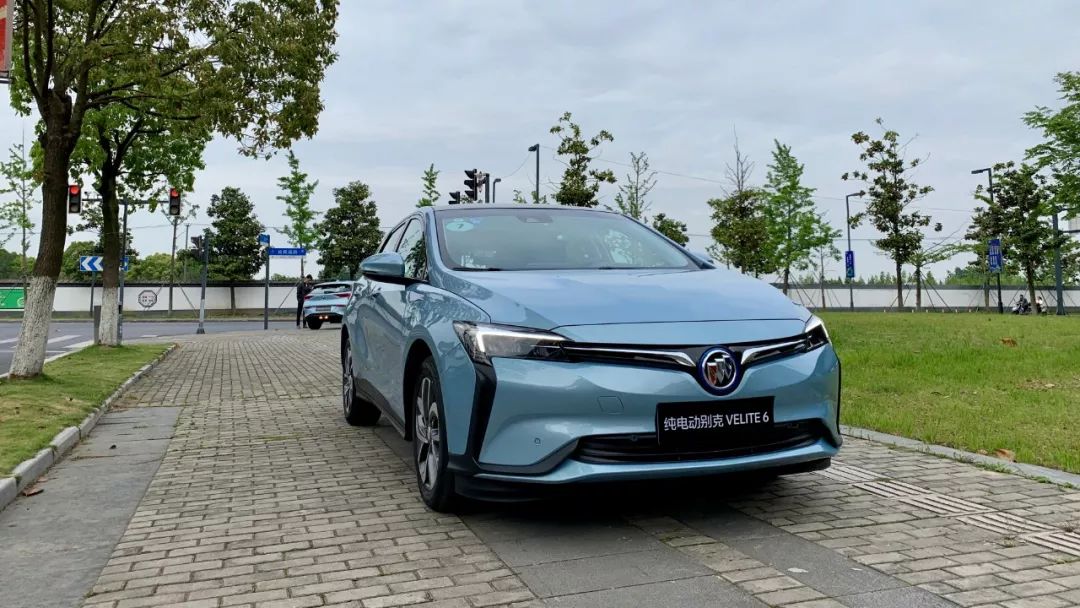Looking for all the pure electric vehicle models available on the market, the number of models from joint venture brands does not exceed the number that can be counted on two hands. Buick VELITE 6 is one of them. On April 27th, we conducted a comprehensive test drive of this car in Shanghai.
VELITE 6 has three versions including Connected Style, Connected Enjoyment, and Connected Intelligence, with manufacturer recommended retail prices of 203,800 yuan, 213,800 yuan, and 223,800 yuan respectively. After subsidies, the prices are reduced to 165,800 yuan, 175,800 yuan, and 185,800 yuan respectively.
In this test drive, we chose the Connected Intelligence version, which is the top version with a subsidized price of 185,800 yuan. The differences between the three versions are mainly in the active safety and comfort configurations, and their three electric configurations are the same. Therefore, the introduction of the three electric configurations in this article is applicable to all three versions.
I’m Not a Hatchback
Let’s take a quick look at the appearance. The front face of VELITE 6 is designed to be closed, with a black decorative strip that runs through the center, making the appearance not much different from that of a traditional fuel vehicle. The design language of the whole car is also very Buick.
The length, width, and height of the car are 4650 * 1817 * 1510 mm respectively, and the wheelbase is 2660 mm. The car is long, but the wheelbase is not, which is relatively unusual for a pure electric vehicle. When you look at the side of the car, you will find that the rear overhang of VELITE 6 is very long, giving a feeling of a touring car. The official definition of VELITE 6 is an MAV model.The fast charging port of VELITE 6 is located in the front of the car, and the slow charging port is on the right front side of the car body. Placing the charging ports in these two positions is not very convenient during use, especially in narrow charging spaces where it is very difficult to put the front of the car in the space. We have criticized this many times.
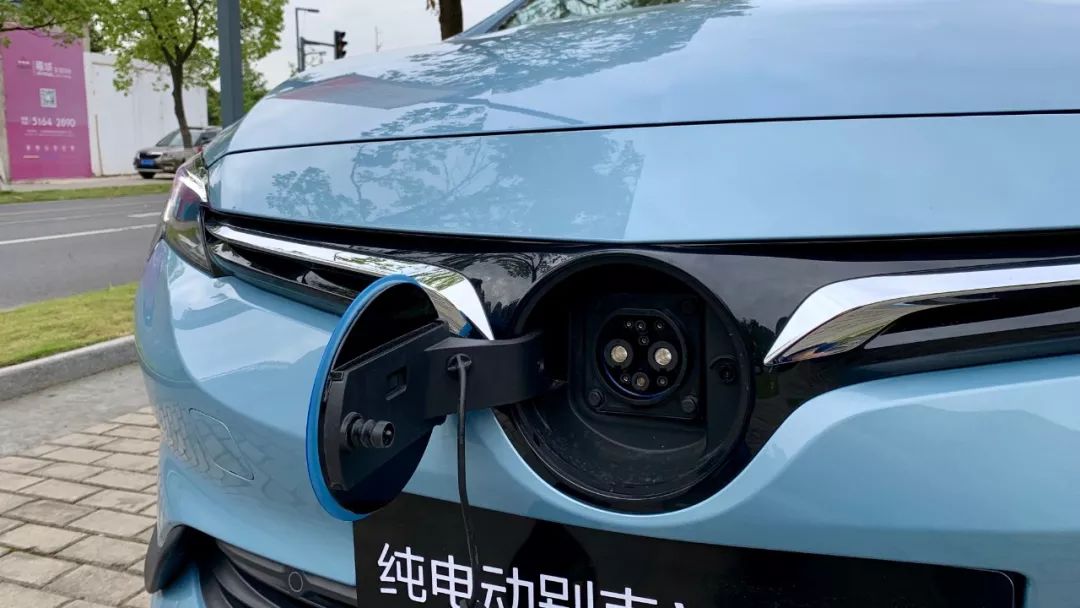
In addition, VELITE 6’s tires are continental ContiMaxContact MC5 with a size of 215/55 R17. This is a tire that emphasizes handling performance and low noise.
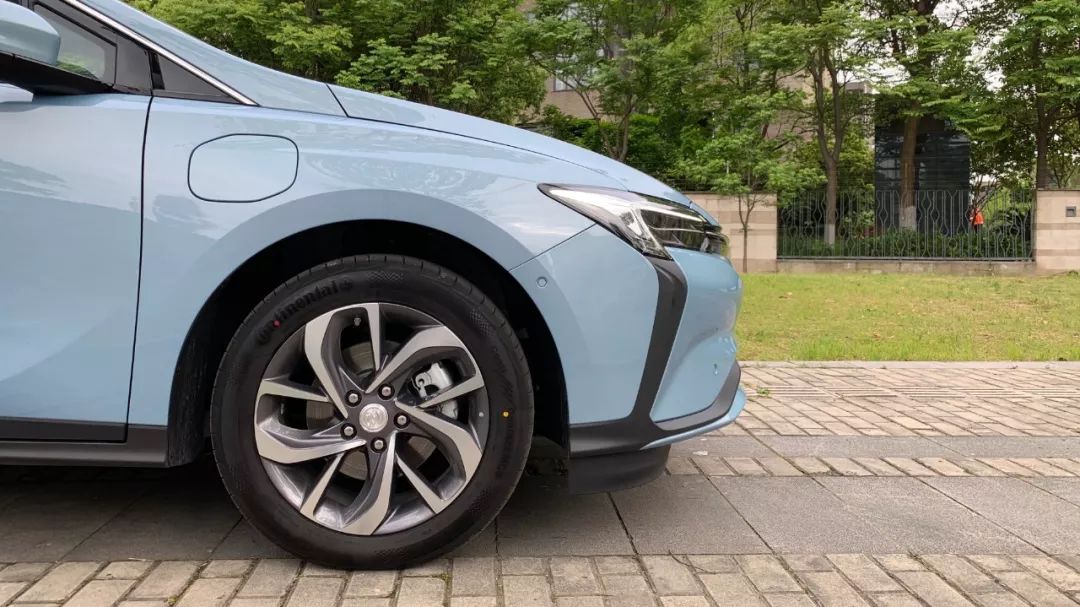
Classical interior layout
If you can still see that VELITE 6 is a pure electric vehicle from its appearance details, then its interior is completely styled like a fuel vehicle. VELITE 6 retains a lot of physical buttons, let’s take a look at them one by one.
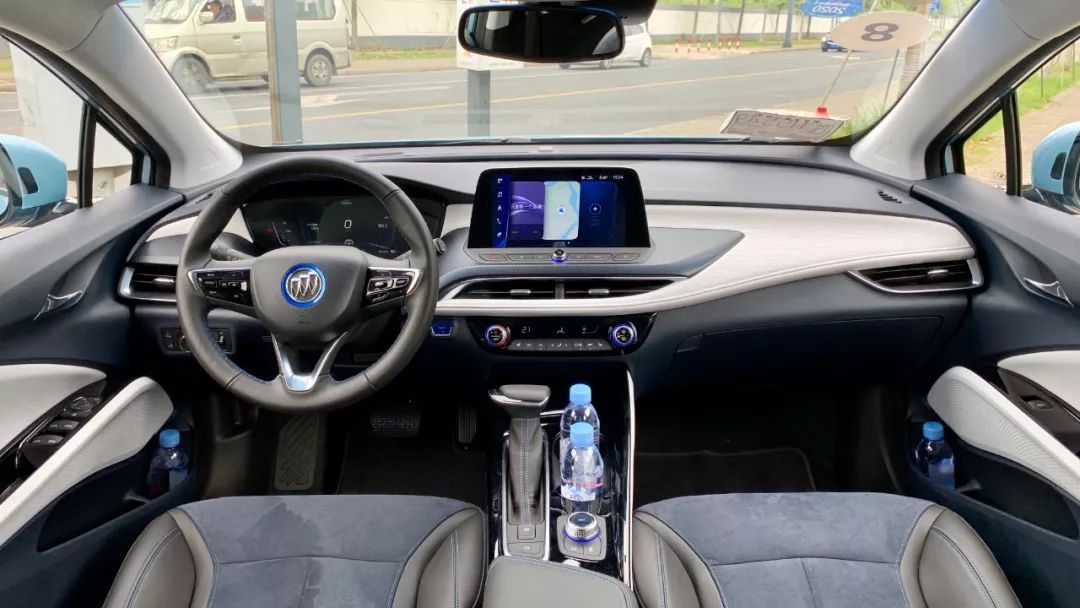
First is the center console area. VELITE 6 retains the complete air conditioning control button and multimedia control button, and there is a one-button start button on the left side. Are these physical buttons handy? They are handy, are they useful? They are useful. It’s just that for someone like me who is used to using a touchscreen and voice control for all vehicle functions, it’s a bit “classical”. But compared to the bottom, this is nothing.
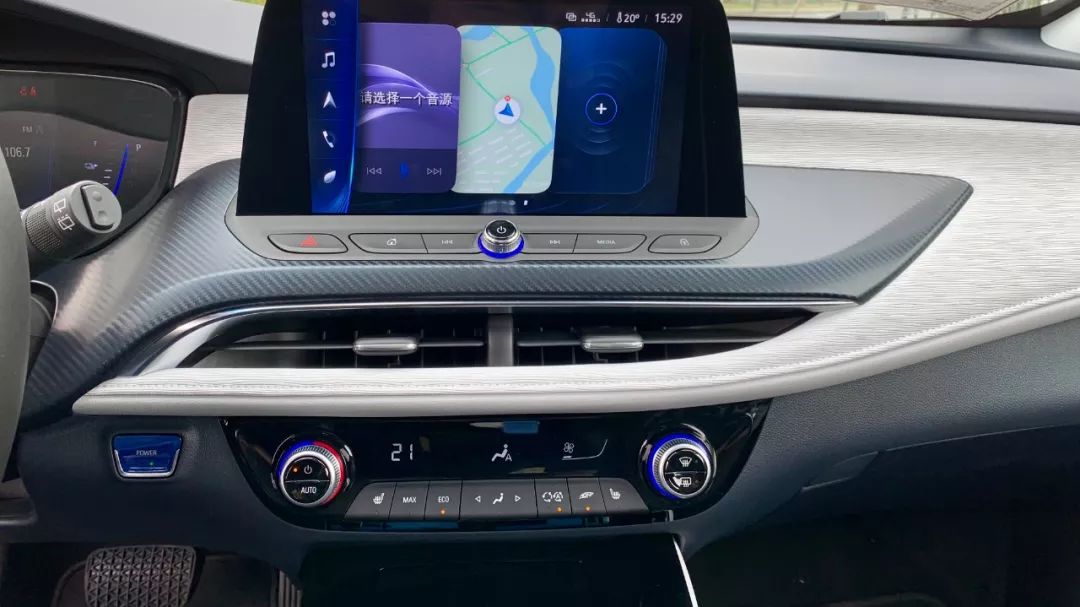
In an era where fuel vehicles are competing to use electronic shift levers, VELITE 6, as a pure electric vehicle, even retains a mechanical gear lever, and the gear shifting stroke is very long. It is indeed a bit abrupt to have such a big mechanical gear lever appear on a pure electric vehicle, but at least the handrest is comfortable.
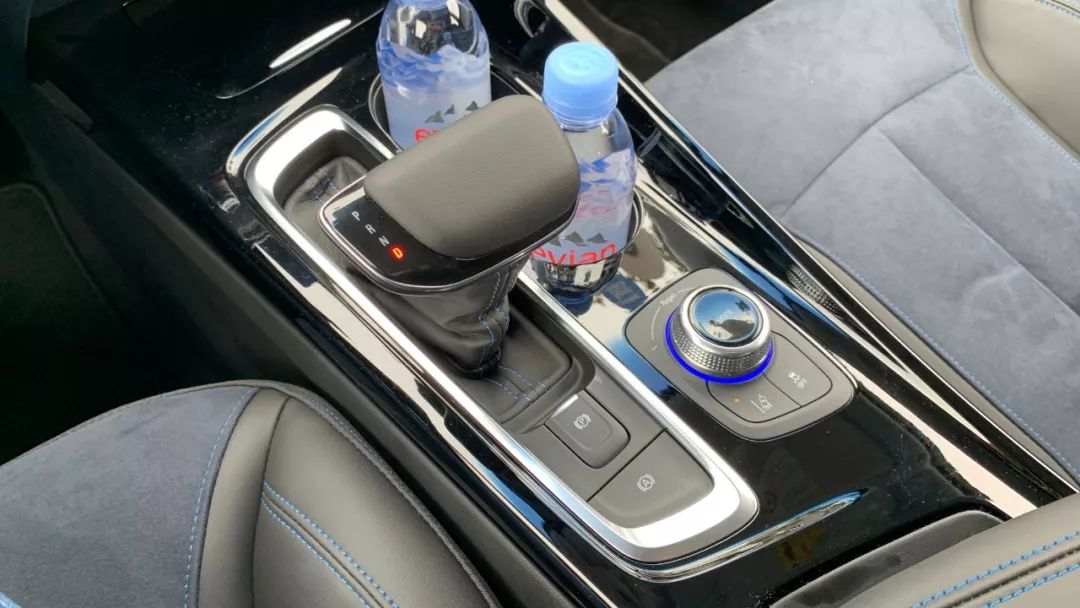
Behind the gear lever are some low-frequency used functions, including electronic parking brake, auto hold, kinetic energy recovery adjustment, driving mode adjustment, lane departure warning, and ESP switch.
By the way, VELITE 6 is the first Buick model to be equipped with an auto hold function, but the actual experience of auto hold is not outstanding. When in auto hold mode, the power output comes first before releasing the brake pedal, making the starting process not smooth. Moreover, the auto hold cannot be released by tapping the brake pedal twice.
In addition, there are many physical buttons retained on the VELITE 6 steering wheel. Counting carefully, including the lever-type adjustment, 13 buttons provide 17 different function outputs. In actual use, these buttons are somewhat cumbersome, and it takes some time to learn. After getting used to them, they become easier to operate.
Looking at the two large screens, VELITE 6’s instrument panel and central control screen have sizes of 8 inches and 10 inches respectively. In this era of large screens, this size has nothing outstanding, so the focus is on the displayed content.
VELITE 6’s central control screen has three display styles according to different driving modes. The display style between the economic mode and the comfort mode is basically the same, while the sports mode is significantly different.
First, the advantages. The 8-inch screen can be roughly divided into three parts: the left displays vehicle information, the middle displays vehicle speed information, and the right displays multimedia information. The left vehicle information display can show 10 different types of information. What satisfies me most is that the owner can see a lot of valuable information, such as total power, efficiency, real-time voltage and current, motor speed, and average speed, which is better than what new energy vehicles do.
The multimedia information area on the right can switch the current audio source and display navigation information, but the size and shape look uncomfortable.
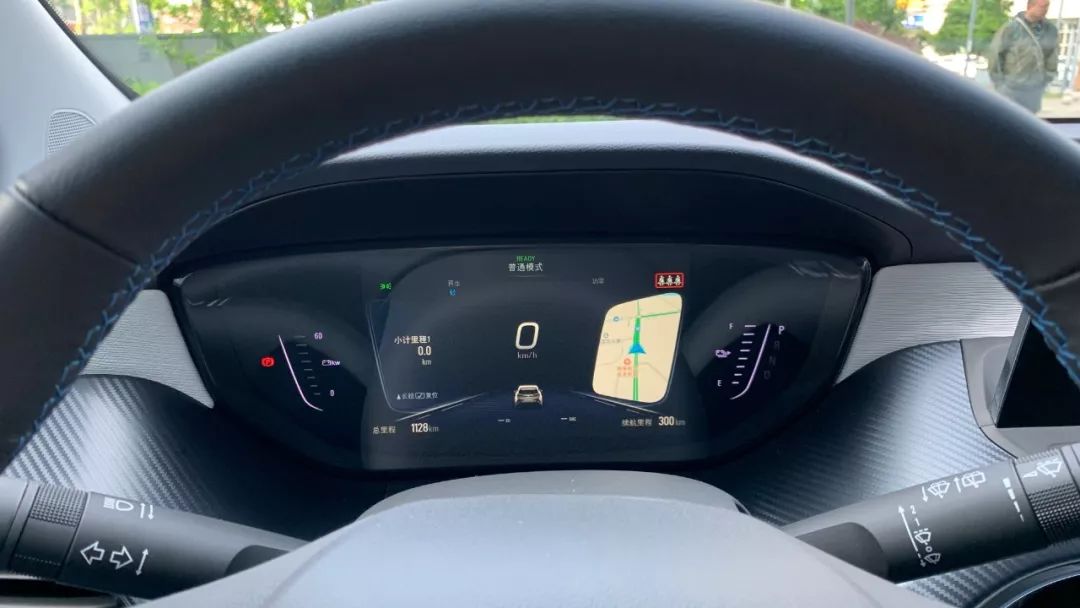
After driving the car, there is a progress bar at the top of the dashboard, which shows the current output power and regenerative braking force of the vehicle. This detail is really great. For some friends who drive a pure electric vehicle for the first time and experience regenerative braking for the first time, this line can be used to intuitively see the current energy output and regeneration status.

After discussing the advantages, let’s talk about the disadvantages. The UI design of this screen is relatively rough. Whether it is the style or size of the font, or the layout of various sections, they are not suitable, and some important information is not prominent enough. Also, the overall tone of the dashboard is not high-end enough, these are not good.
Moving on to the 10-inch central control screen, there are not many places to play with, so just take a quick look. The overall display style of the car is still very classic, the UI is rough, and the system’s response speed is not excellent.
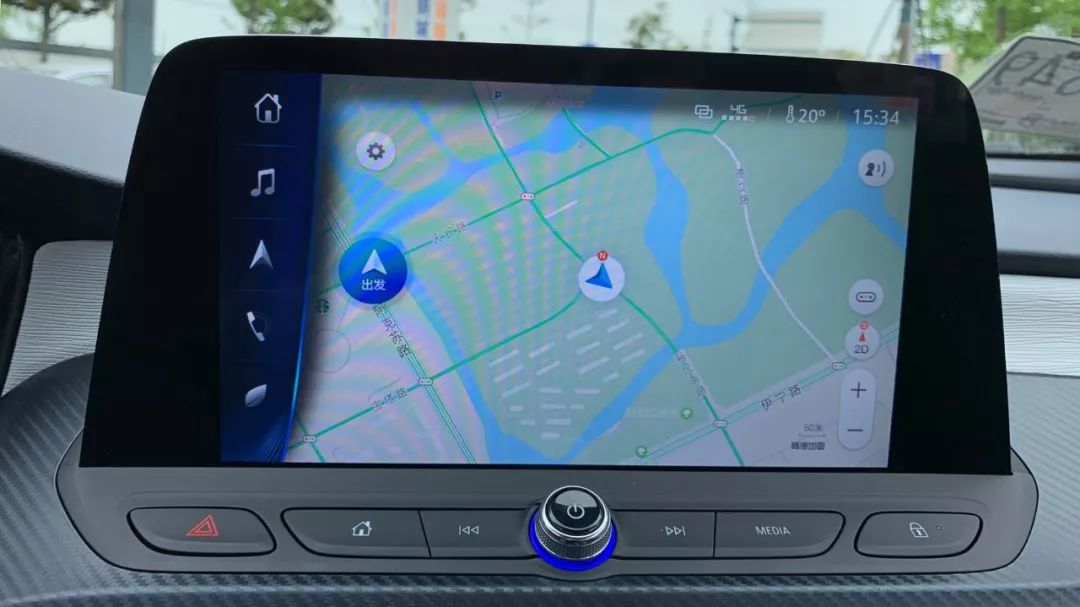
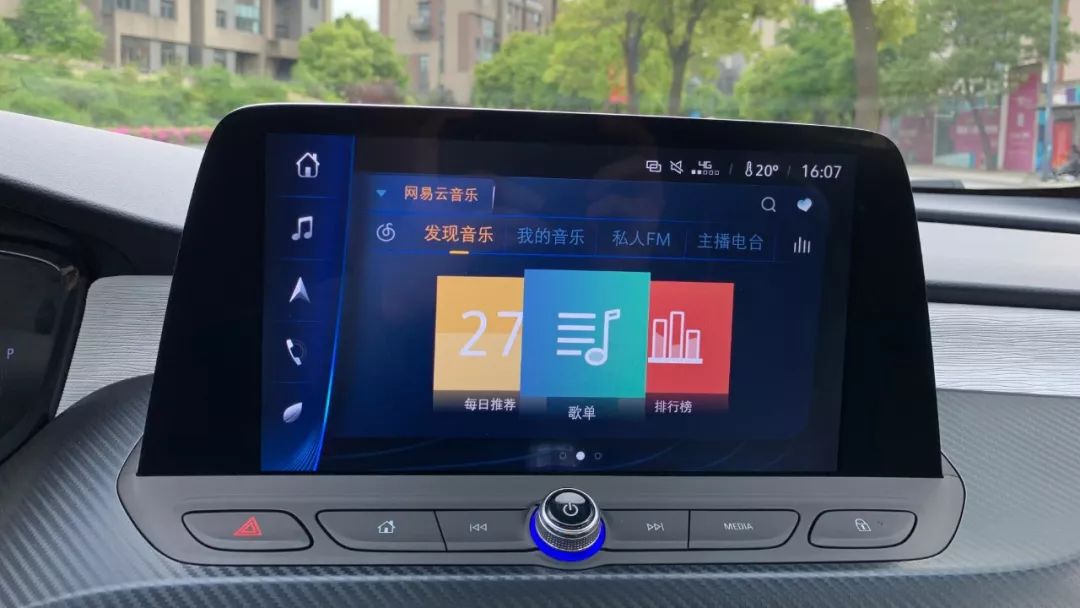
However, it is worth mentioning that the VELITE 6 car is equipped with Gaode Map and NetEase Cloud Music, which is different from the combination of Baidu Map and QQ Music used by most other cars. In addition, VELITE 6’s voice system can be awakened by “Hello Buick”, and the overall recognition rate and accuracy are average. If you are not used to using the car system, VELITE also supports CarPlay and CarLife.The highlight of this car is that users can download an OnStar App on their phones, bind the vehicle, and view the current location and information of the vehicle, as well as search for nearby charging facilities. Currently, the app has access to mainstream charging piles such as Techrules and Anyue.
Additionally, the staff mentioned that you can unlock and start the vehicle with your phone’s Bluetooth key! However, when I eagerly walked up to the car with my phone, I found that I could not open the door. It was not until the staff’s guidance that I realized you need to enter the app and click to unlock the car every time you use the Bluetooth key.
In terms of the app’s fluency, it is far less convenient to use than a physical key, so the phone Bluetooth key is only an extension of the physical key and cannot completely replace it.
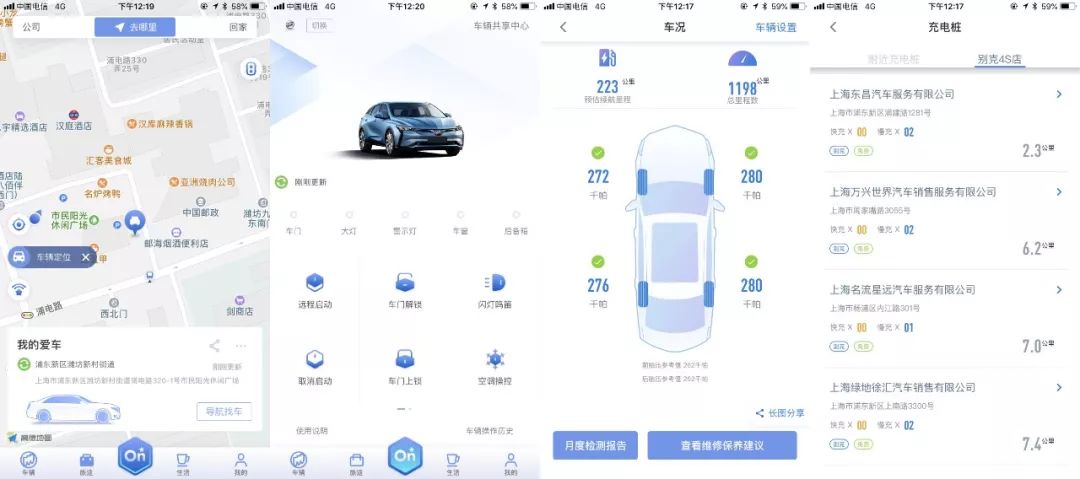
Spacious MAV Space
During the pre-test briefing, officials emphasized that this is an MAV model, so space is its highlight, and I immediately experienced the space in the back seat.
First off, the rear floor is completely flat. Second, the 2660mm wheelbase makes the legroom in the VELITE 6 back seat more generous. Third, despite the chassis being covered with battery packs, the overall riding experience of the VELITE 6 is not very different from that of a traditional gasoline car. The only drawback is that the back seat lacks a center armrest.
In addition, due to the influence of the car’s body lines, the rear windows of VELITE 6 are small, and there is a large area of hard plastic on the rear doors (black for hard plastic, white for soft material).
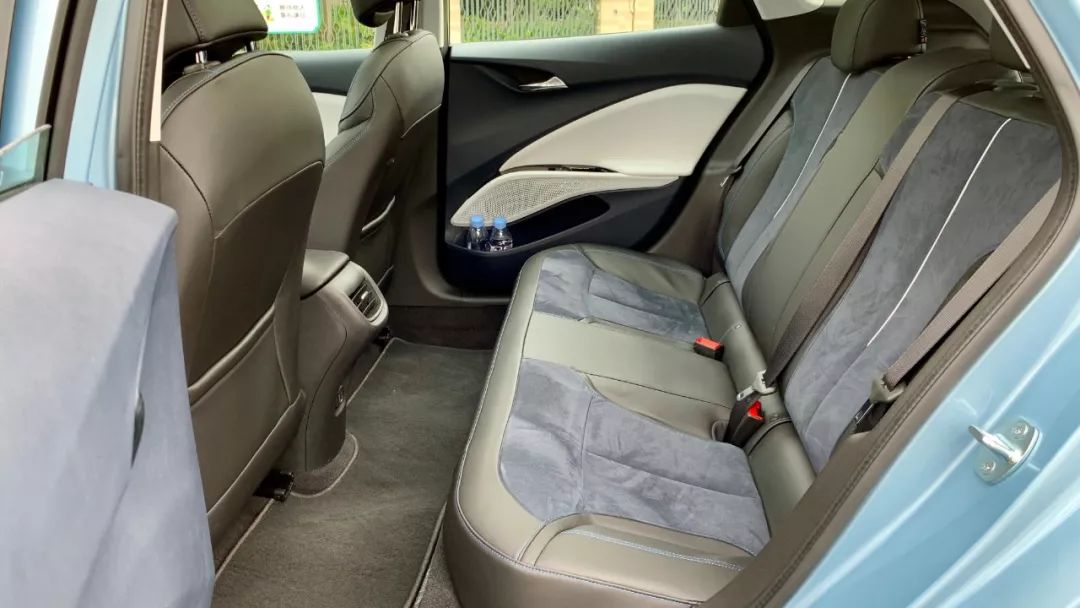
Moreover, the car has a large panoramic sunroof, which, combined with the spacious interior, does not feel oppressive. Oh, and it’s a sky, so it can’t be opened, but you don’t have to worry about the summer sun, VELITE 6’s sunshade is very thick and can block 100% of sunlight.
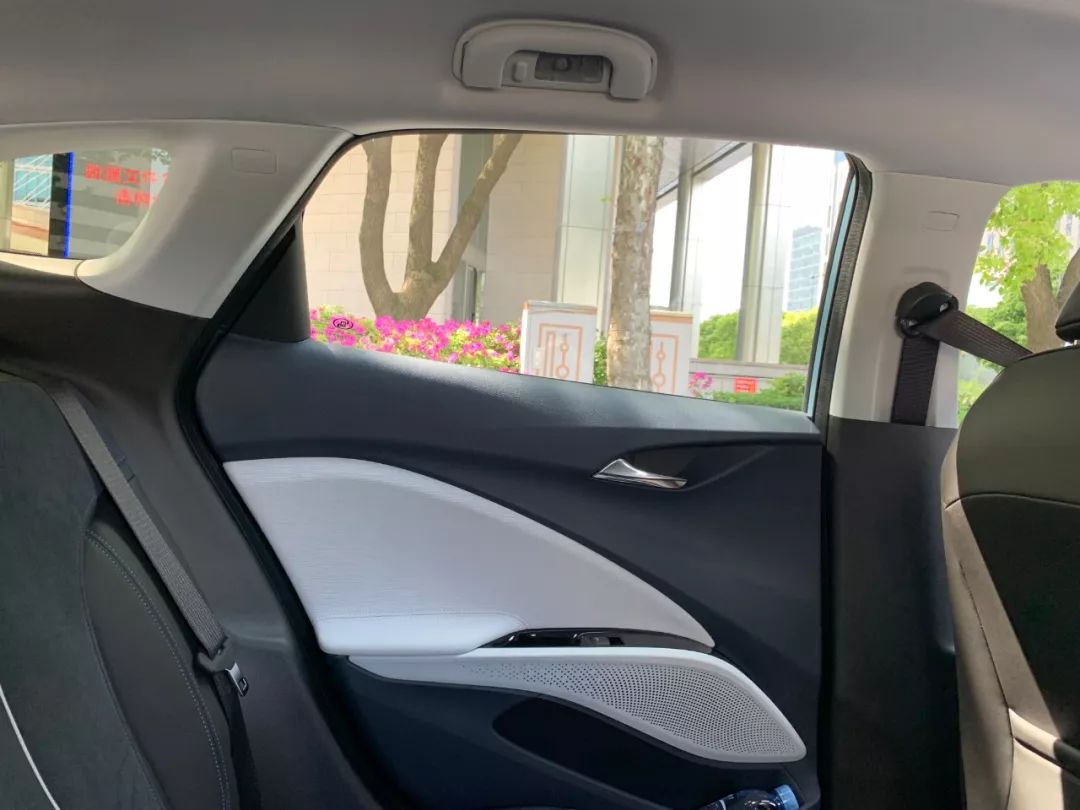
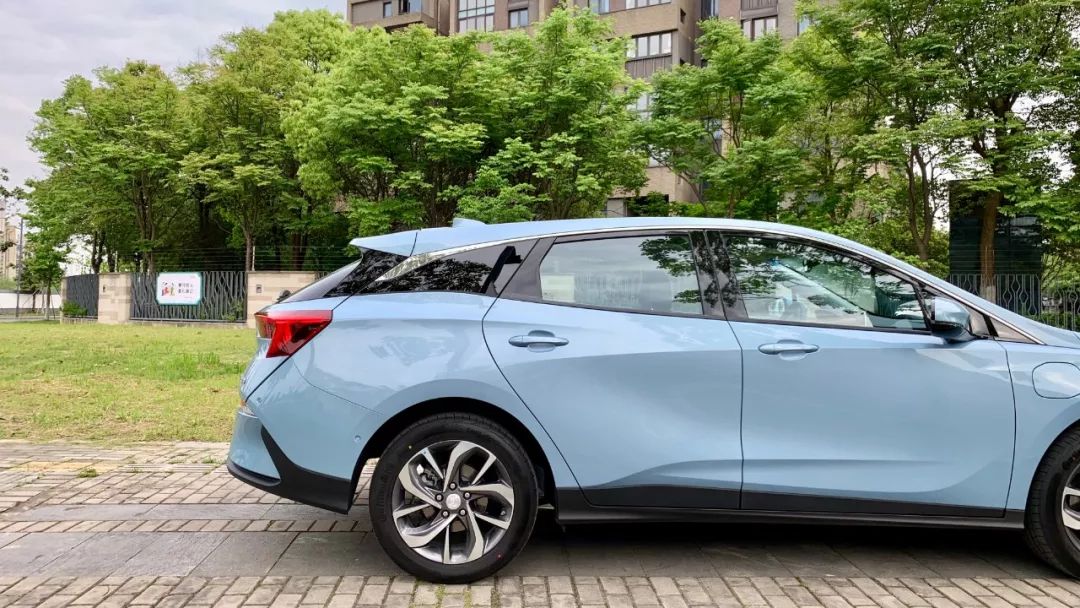
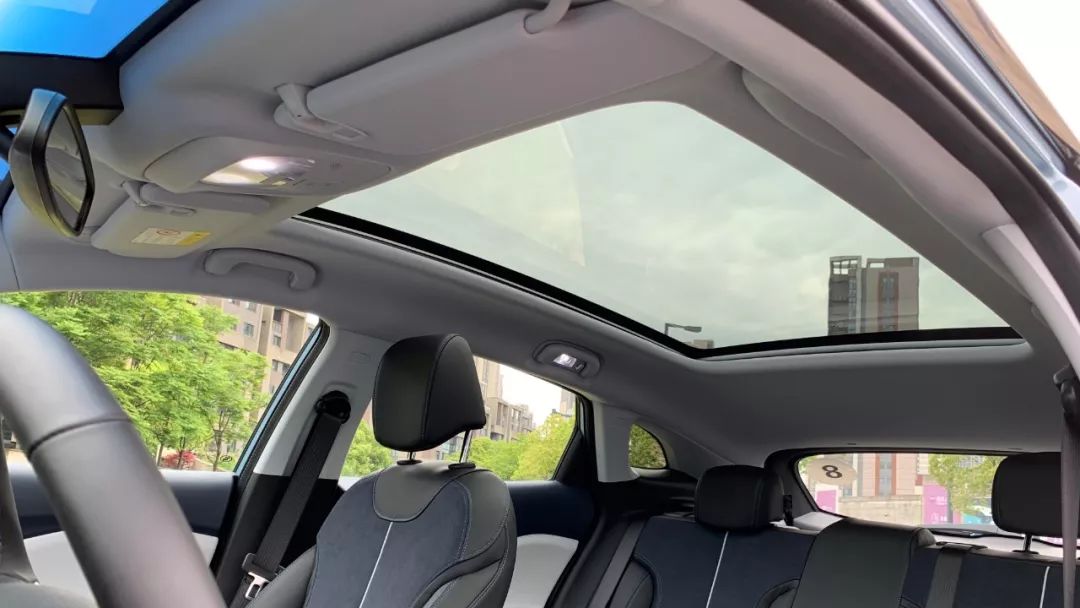
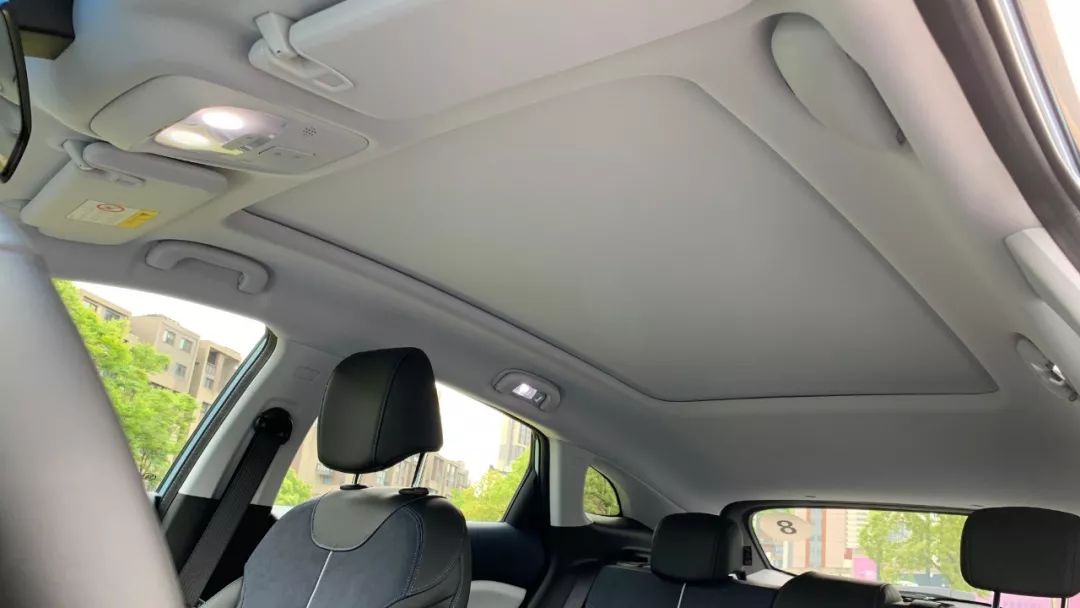
The front and rear seats are both made of leather and suede combination. The large area of suede makes people feel like being suctioned to the seat, and the seats are slightly hard with a certain wrapping feeling. However, even the top of the line model still has manually adjustable seats (the driver’s seat can be adjusted horizontally, and the height and backrest angle can be adjusted manually in four directions), which is somewhat inappropriate.
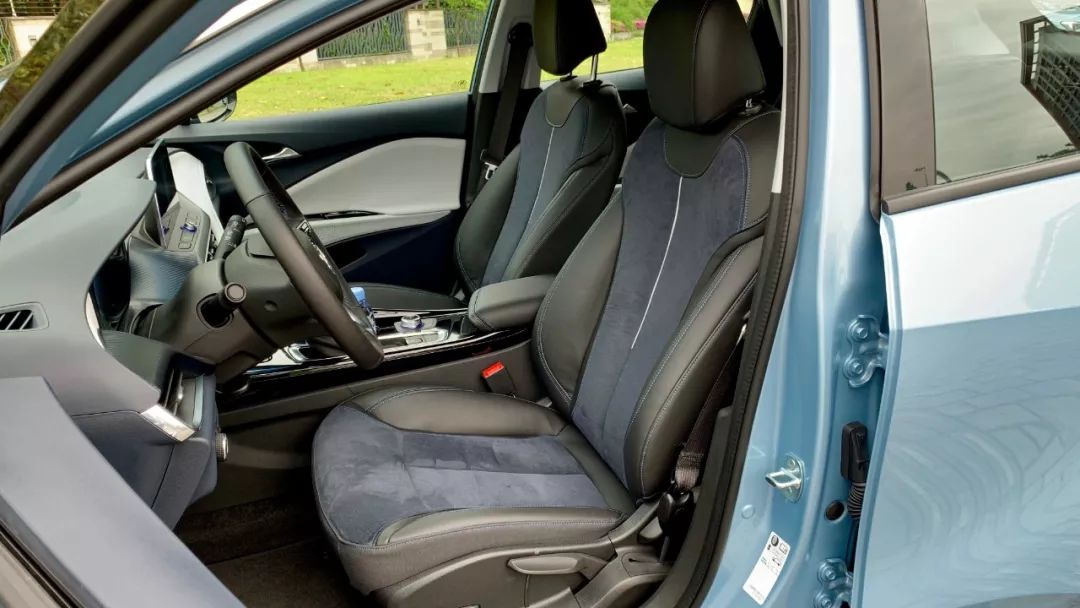
The space of the trunk is not small, but the floor height is high. Fortunately, there are many large storage compartments under the floor. After the rear seats are folded down, a very large flat space can be formed.
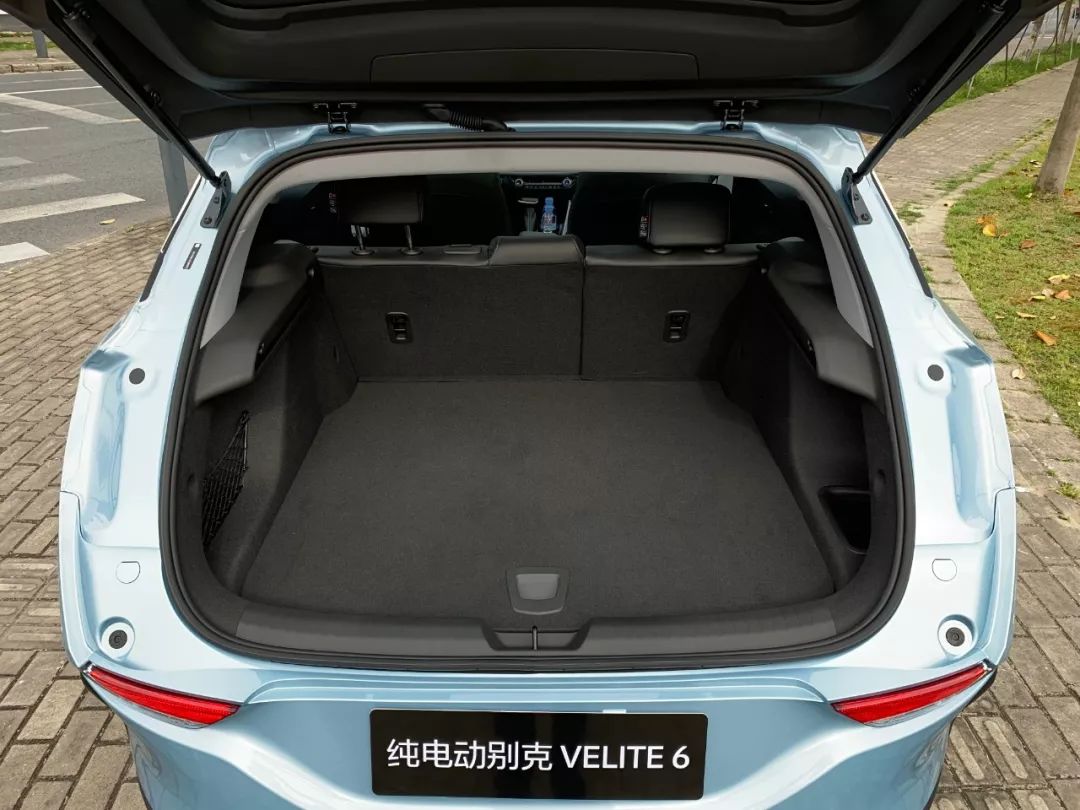
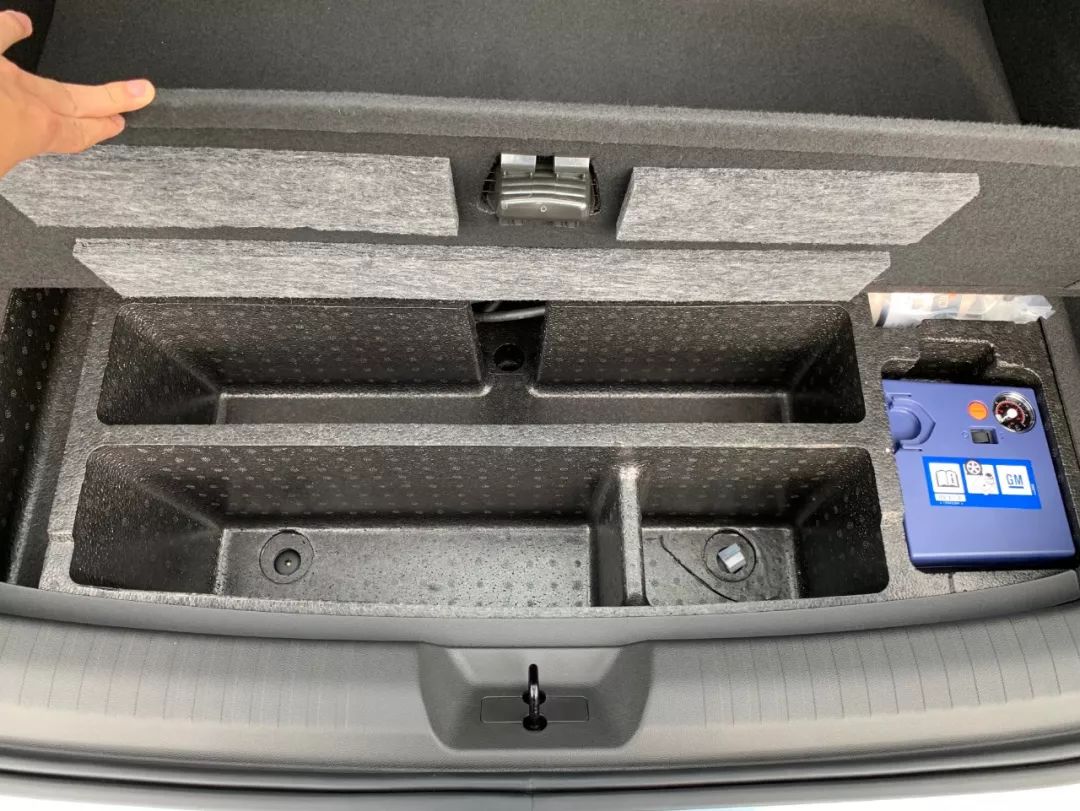
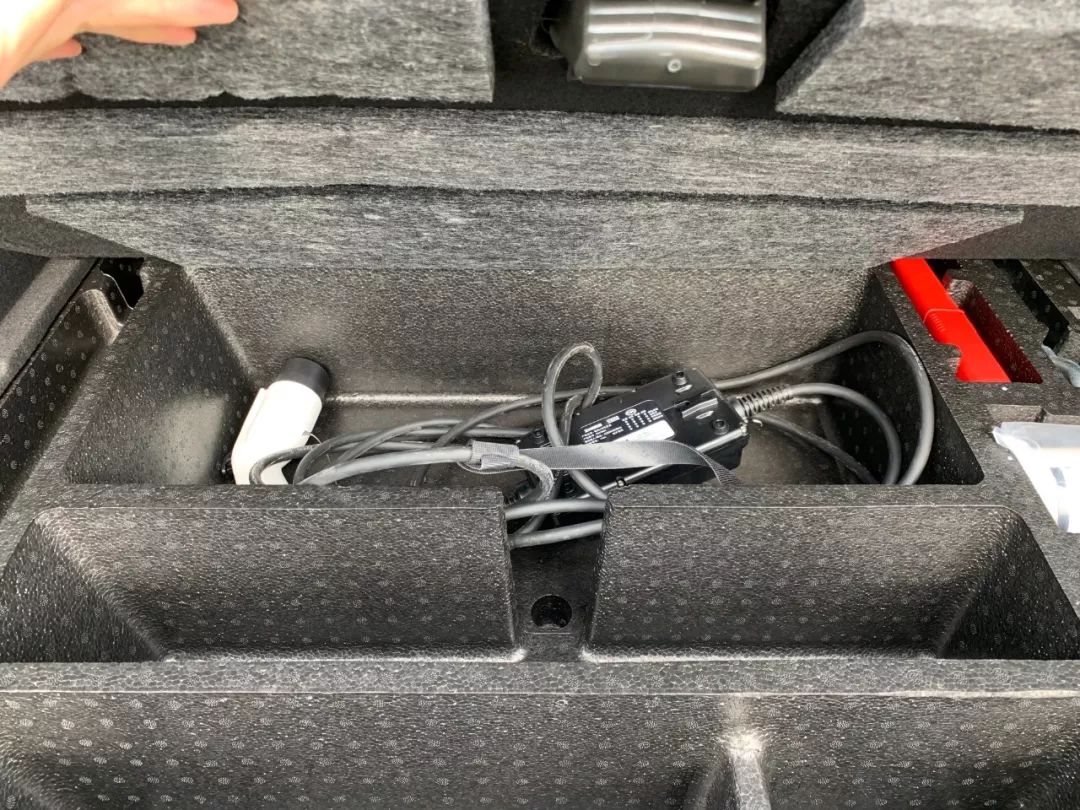
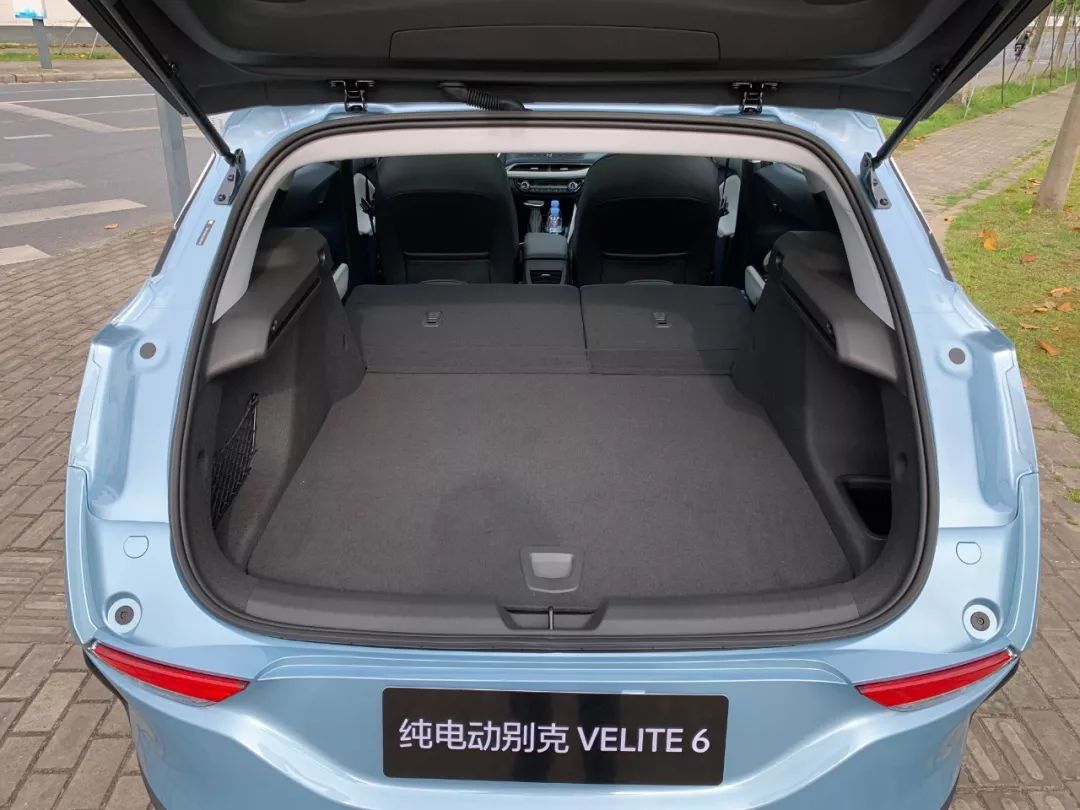
Rich Selection of Kinetic Energy Recovery, Excellent Braking Pedal Feel
Finally, I would like to talk about three electric components of the VELITE 6. It is equipped with a 85 kW permanent magnet synchronous motor and a 35 kWh ternary lithium battery. The battery pack density is 132 Wh/kg, and the comprehensive range is only 301 km. Seeing these four numbers, it seems to be back to three years ago. Let’s talk about the battery first.
Currently, the mainstream battery pack density has reached 160 Wh/kg to 180 Wh/kg, and at least 50 kWh battery packs are installed in the same level models. Buick’s battery pack density is somewhat low.In the official introduction, I found that aerosil is added between every two battery cells in the Universal model, which can to some extent isolate heat when a single battery cell fails and causes thermal runaway, and minimize the impact on adjacent cells. This is also one of the reasons leading to the low energy density.
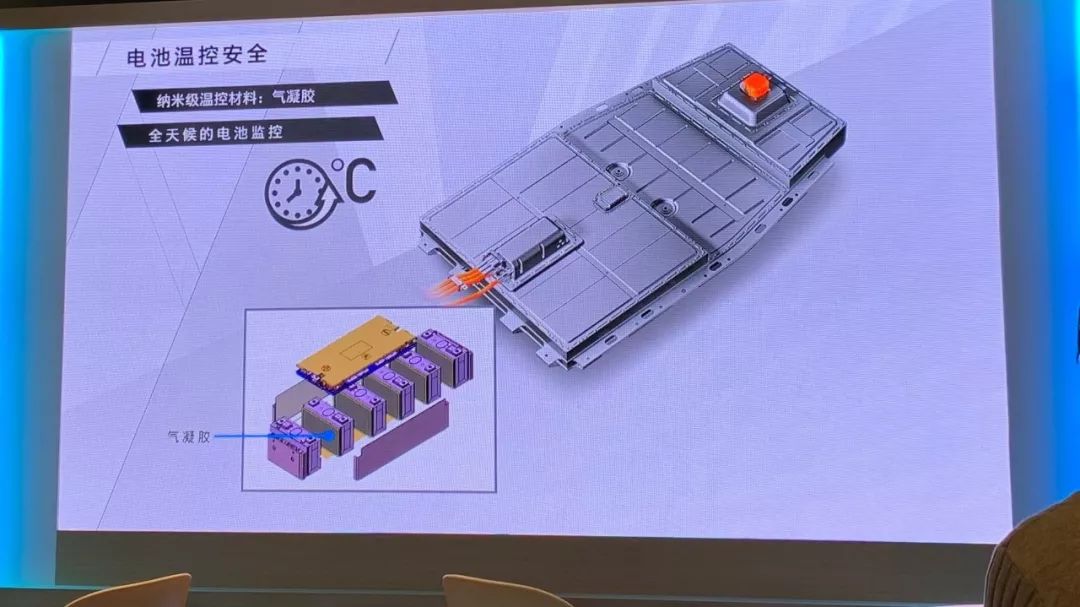
However, the comprehensive range of 301 km is somewhat low even for the year of 2019. In addition, the motor power of VELITE 6 is also very small, only 85 kW, barely reaching the level of a 1.6-liter naturally aspirated engine. Even though the motor has a certain advantage in low-speed torque output, it is not enough to compensate for the weak power caused by the low output power.
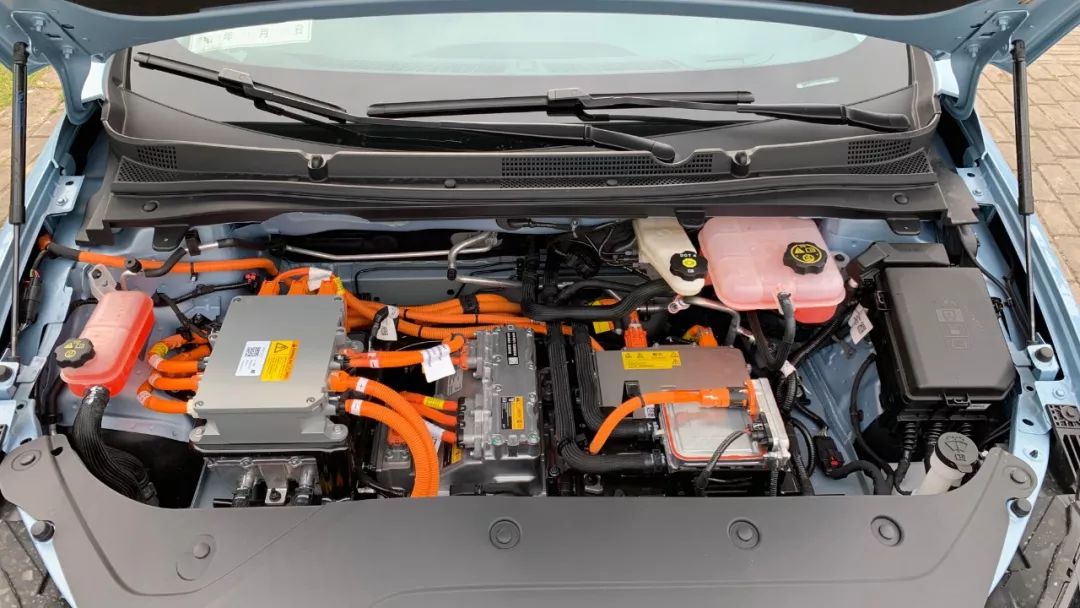
VELITE 6 has three driving modes. The difference between the energy-saving and the comfort mode is not particularly large. The overall performance of the vehicle is greatly improved after switching to the sport mode. In actual driving, the front end of the accelerator pedal is responsive enough, and the acceleration performance at low speeds is barely acceptable. However, at speeds above 60 km/h – 80 km/h, the overall power output is relatively weak. Even if you step on the accelerator pedal to the bottom, you can only feel a weak sense of acceleration pushing you forward.
Although the power performance is not outstanding in the field of electric vehicles, Buick has done a very good job in suppressing motor noise. In most cases, no motor noise can be heard. Only under high load or during high-speed acceleration, a very slight noise is transmitted into the cabin.
In addition, I am very satisfied with the braking performance of VELITE 6. Although the pedal feel is slightly hard, the overall performance is very linear. Moreover, VELITE 6 uses the second-generation iBooster braking system from Bosch. The energy recovery progress bar on the dashboard shows that in most cases, only electrical braking (energy recovery) is used, with mechanical braking intervention (at speeds of about 7 km/h or below) completely imperceptible between the two modes.
VELITE 6 also fully considers various driving habits and sets three adjustable levels of energy recovery: light, medium, and heavy. “Light” mode has little difference from driving a gasoline-powered car, suitable for first-time drivers of electric cars who are not comfortable with energy recovery. “Medium” mode has a certain drag sensation, but will not cause discomfort to passengers.** “Heavy” mode will have a very obvious drag sensation,** Can VELITE 6 realize single-pedal operation? Yes, but your foot may get tired.Most electric vehicles that can realize single-pedal operation integrate electric braking into the accelerator pedal, so pressing down on it accelerates the vehicle and lifting it decelerates or brakes it. However, VELITE is different because when you lift the accelerator pedal, **the system first reduces the power output, and only when you lift it to a certain height does the electric braking come into play, and the controllable area of electric braking is extremely narrow and located only in the initial stage of the accelerator pedal, **meaning that if you want to control the power of the electric braking, you must precisely control the initial stroke of the accelerator pedal.
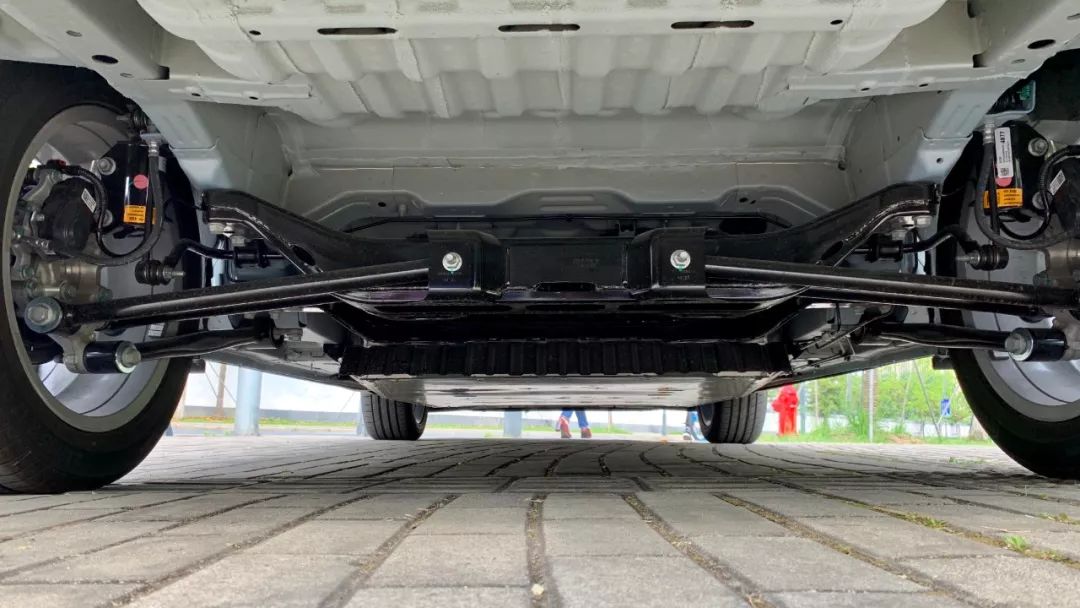
As for the suspension, VELITE 6 adopts a front McPherson independent suspension and a rear multi-link independent suspension. While it filters out small vibrations quite well, there is some stiffness when encountering large bumps, but there is no extra bouncing, which is also an area in which traditional automakers are relatively proficient.
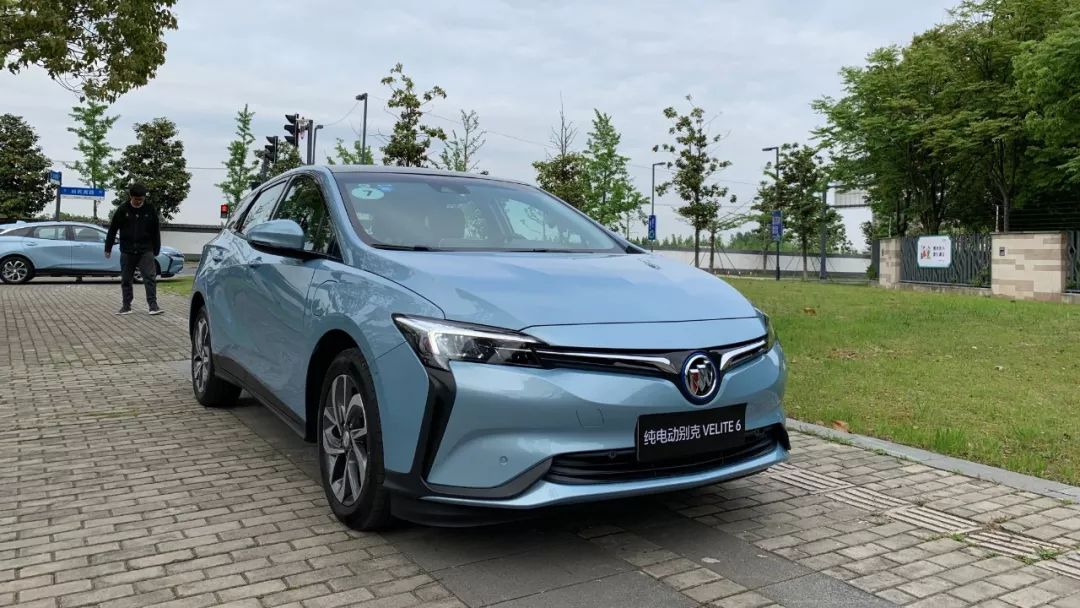
After test-driving VELITE 6, I think that the vehicle looks and feels like a traditional fuel-driven car in terms of exterior, interior, power, brakes, and even the infotainment system. This is a car that has no problems in driving or riding, but it may not be an outstanding electric vehicle according to the three-electric standards. This is General Motors’ attempt to enter the pure electric field, and we can only hope that after this attempt, traditional automakers can release a high-quality intelligent electric vehicle.



This article is a translation by ChatGPT of a Chinese report from 42HOW. If you have any questions about it, please email bd@42how.com.
